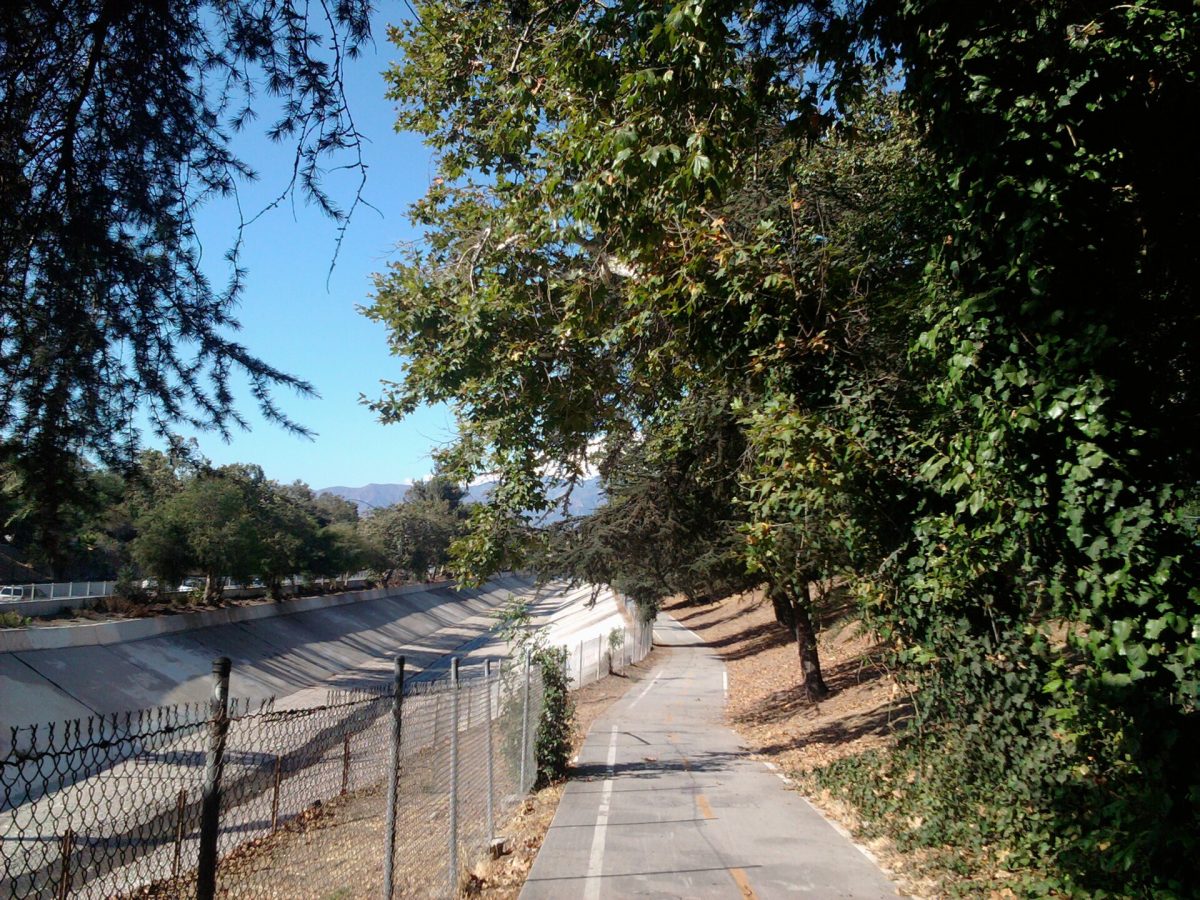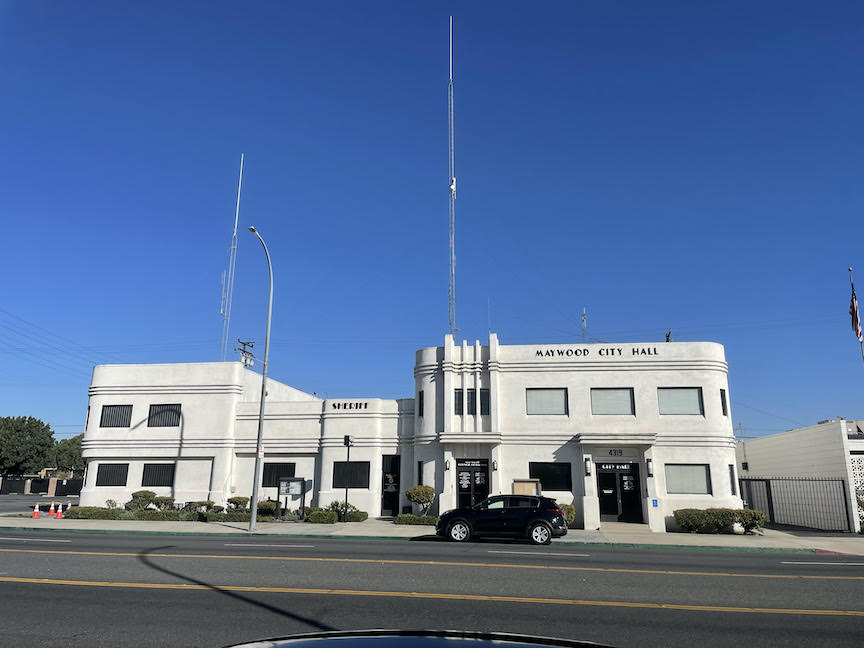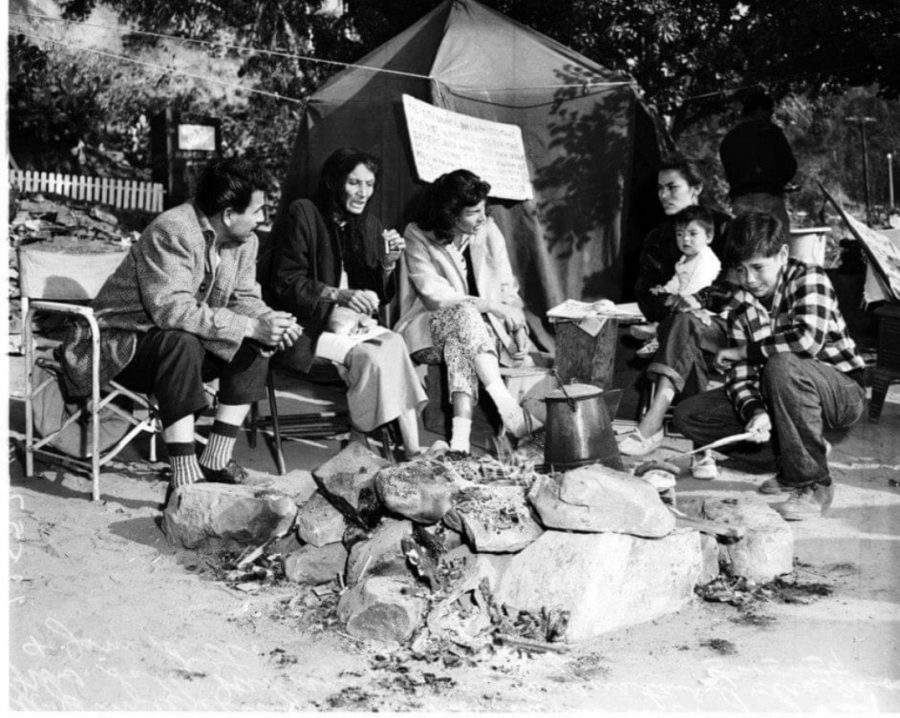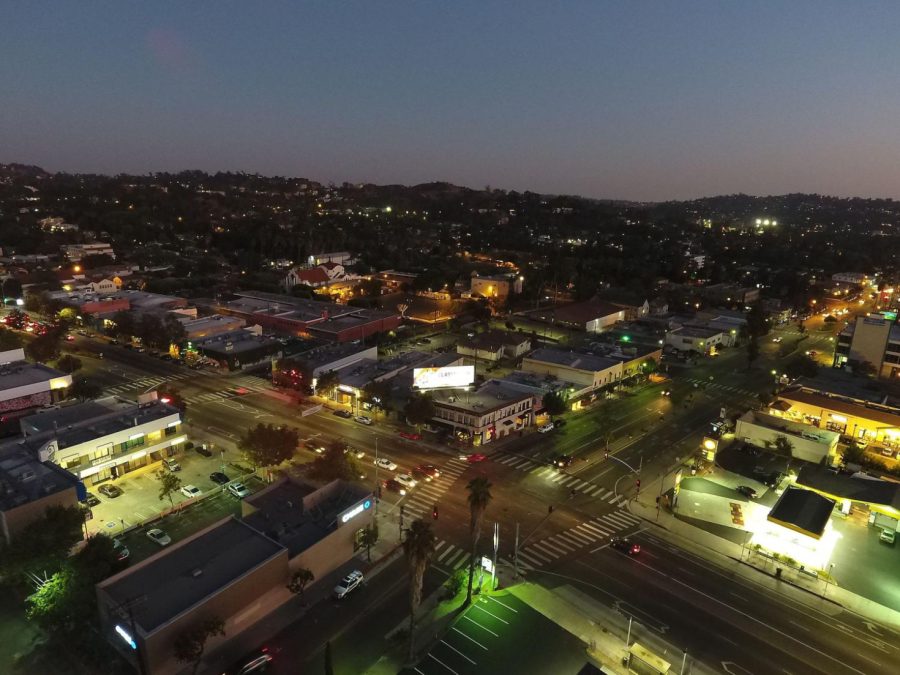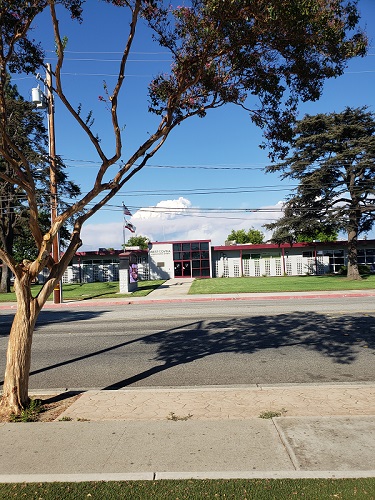Tucked beneath the towering San Gabriel Mountains, the Arroyo Seco was once a pristine waterway, teeming with life and thriving against the rugged backdrop.
Visits to the waterway this fall show merely a trickle of water in a canal with the occasional debris and little to no visible wildlife.
Over a century, the Arroyo Seco’s beauty and vitality were diminished by a series of environmental calamities, human disregard, and a shared unwillingness to acknowledge the damage being done.
The 2009 Station Fire marked a devastating chapter in the environmental history of the Arroyo Seco, profoundly impacting the watershed and contributing to the decline of trout populations in the region.
The Station Fire, which ignited on Aug. 26, 2009, in the San Gabriel Mountains, quickly became one of the largest wildfires in the history of Los Angeles County. It burned through extensive areas, including a significant portion of the Arroyo Seco watershed. The fire’s intensity and the subsequent erosion during rainstorms led to the release of massive amounts of sediment into the waterways, drastically altering the landscape and water quality of the Arroyo Seco, according to the Arroyo Seco Foundation website. The Station Fire destroyed several key water infrastructure facilities in the Upper Arroyo Seco, which were responsible for a large chunk of the City of Pasadena’s water pumping ability.
Data analysis by Tigran Aslanyan using information provided by the city of Pasadena.
The Arroyo Seco Canyon Project was promoted as a way for the city to clear the damage caused by the Station Fire, removing almost 1.3 million cubic yards of sediment from the Devil’s Gate Dam, providing several “spreading basins” for Arroyo Seco’s water to percolate into the Raymond Basin below, and increasing the amount of water pumped from the Arroyo Seco, according to the Arroyo Seco Foundation website.
“There’s a real educational benefit here that we start viewing the ecological sustainability and health of an area as being very important, not only from an aesthetic or official point of view but also for the economics of an area. Residents will probably get an economic benefit out of it, and their property values will go up,” Pasadena resident and art professor Richard Wearn said.
The Arroyo Seco Canyon Project currently had an approved budget of about $6 million as of this past fall and only $1 million of that had been used, while the project was approved for steady increases in its budget year after year. Since 2021, about 70% of the spent budget went to consultants for environmental and engineering studies, including 50% to Dudek, an environmental, planning, and engineering firm based in Encinitas, and 22% to Kennedy Jenks consultants, according to an analysis of data obtained by UT Community News. An additional 21% of the used budget went to “in-house labor,” or city employees working on the project. A smaller fraction — just 8.5% of the spent budget — has gone to construction and engineering so far.
Based on inquiries to the city, it appears that is because officials have been more focused on the early stages of the project, environmental reviews and design, so they don’t plan to break ground until early 2025.
Lisa Derderian, from Pasadena Water and Power, said in a statement that the Arroyo Seco Canyon Project is a comprehensive stormwater capture and groundwater recharge project that enhances sustainability of the local groundwater basin and the long-term water supply resilience for Pasadena Water and Power’s (PWP) service area.
“This project further provides for climate adaptation and increased local reliability. As is standard with infrastructure and capital improvement projects, the project is being done in phases. First phases include environmental review and design, and construction will be the final phase of the project. For effective construction sequencing, the project is scheduled to break ground in early 2025 in coordination with other projects in the area. PWP is also awaiting potential grant award for additional project funding, and continues to work collaboratively and in due process with multiple regulatory/environmental agencies on design, compliance, and permitting.”
Some residents said they were disappointed to see how slow the work has been while others weren’t surprised.
Pasadena Water & Power is “not exactly the most reliable when it comes to climate protection and environmental work,” said Jay Mendez, a 13-year Pasadena resident and local clean water activist. “That’s always how it works in Pasadena. We are also a small town, so we’re run by very few elite citizens who are in cahoots with other elite citizens.”

